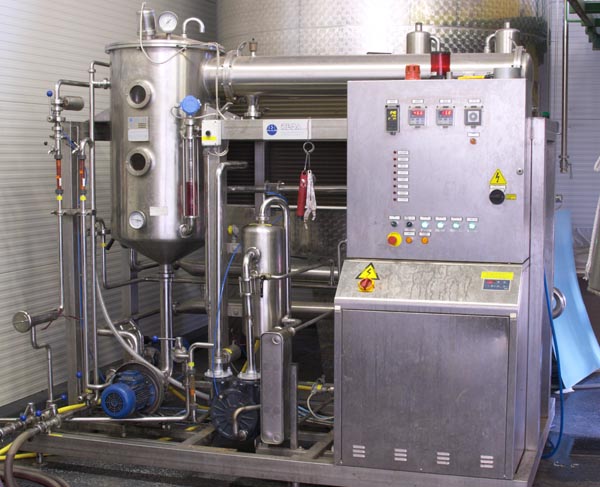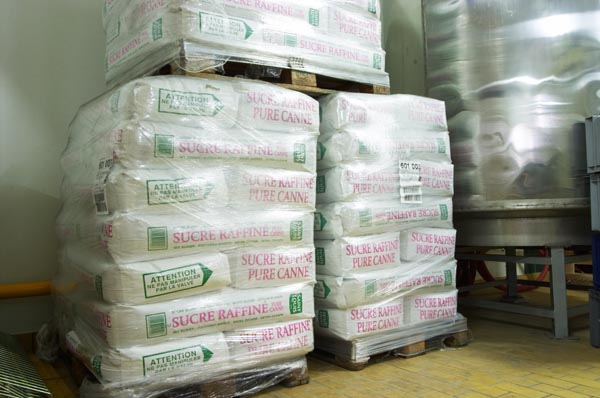Less is not always more when it comes to alcohol in wine
Apparently there is a huge interest in the world for wines with low alcohol contents. On www.decanter.com we read about a report by Wine Intelligence, made on behalf of ProWein, the big wine fair in Düsseldorf, which opens at the beginning of March. A “significant minority” of consumers in the US, UK, Germany and China say that their ideal wine is below 12%. Maybe this is very sensible of them to say but it is easier said than done.
It is an interesting trend, this low alcohol trend. It is very contrary to another of the big trends in wine today: the fashion for “natural” wines that we also see now in many different countries. For in most regions it is difficult to make wines with low alcohol without affecting their style and character. so “low alcohol” is sometimes the antithesis of “natural”.
Winemakers have in recent decades come to harvest later and later to obtain riper and riper grapes, which inevitably gives more and more alcohol in the finished wine. This trend has now calmed down a bit (and even sometimes reversed) and we now see some reduction in the alcohol levels, maybe from 14-15% to 13-13.5%.
That wines in general today have a higher alcohol content (on average) compared to, say, 20 years ago, is completely natural and is not only due to global warming och the maturity of the grapes. Today we also drink so much more wines from hot climate areas: the New World, southern France, southern Italy, countries and regions with a lot of sun where the grapes get high sugar content and thus high alcohol content in the wine.
So how do you get lower alcohol in your wine?
The EU allows since 2009 partially de-alcoholisation of wine, by reverse osmosis or vacuum distillation. It is allowed to decrease the alcohol content with no more than 2%. Techniques also exist to filter out the sugar from the grape juice before fermentation (and thus reducing the alcohol level in the finished wine) but these are not allowed to be used except perhaps for experimental purposes.

If you want to use more natural methods you can practice high yields and thereby get a diluted grape must. This results in lower sugar content, but you will hardly get a quality wine. Or you can plant grapes varieties that naturally give good flavors and ripeness at lower sugar levels. There are varieties like that but they have not really been much tried out yet. There are also some specific yeast strains that transform the sugar in the must into less alcohol than normal yeast.
The question then is what you want? A quality wine with its natural alcohol level that you will drink less of (hopefully)? Or an uninteresting, “constructed” wine with lower alcohol content, which is probably so easy to drink that you finish the whole bottle (while hardly noticing it)?
But then we have another important point in this debate on alcohol levels: Why not start with the obvious, ban ALL chaptalisation? Chaptalisation is an artificial way of increasing the alcohol level in a wine. Why use advanced, expensive techniques like reverse osmosis to lower the alcohol when you are allowed to increase the alcohol level through chaptalisation?
Perhaps we should stop talking about low alcohol wines and instead aim for quality wines with their natural alcohol contents? And perhaps we should put a stop to the artificial boosting of the alcohol contents by adding sugar to the must?
What do you think? Write a comment!
More: decanter.com













5 Responses
Good in theory, I’d like to be able to drink a bit more without the effects of alcohol, and the reduction in calories is interesting. However, the only samples I have tried have been BLOODY AWFUL! I’d rather see a return to earlier harvesting and maybe not the current maximisation of ripeness and thus alcohol. For now I’ll stick to my preference of Burgundy, Mosel and Champagne which naturally gives me somewhat lower alcohol levels…
Well raised question Britt, and most interesting. Part of the definition of quality wines ought to be balance. Not few of the best Amarones are very well balanced although the alcohol content often reaches above 15 degrees.However, I see a growing problem for us in organizations working to support and develop god drinking habits. That is these amounts of fruity high alcohol wines in the modern public style often praised for fruitiness and for being price-worthy of wine journalists. Originality, fidelity to origin and terroir, elegance and god balance, richness according to nuances ought to be much more appreciated.So, keep on fighting!
Yes Dan, I agree that balance is the most important. I’ve been doing several Languedoc tastings recently with wines with 15 % but not at all noticeable. On the contrary even. If the acidity is there, everything is fine. However, like Erica, sometimes I also look for northern vineyards with naturally lower levels, like the Loire Valley for instance.